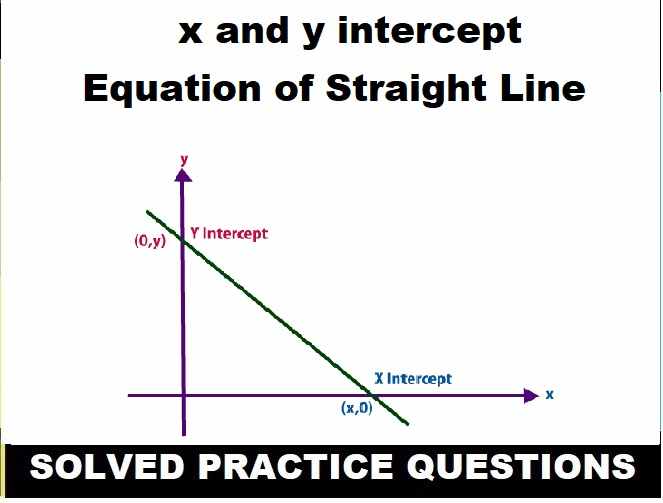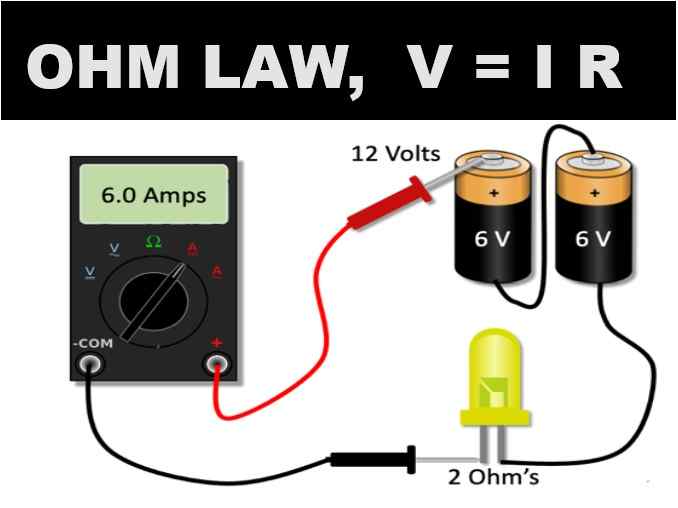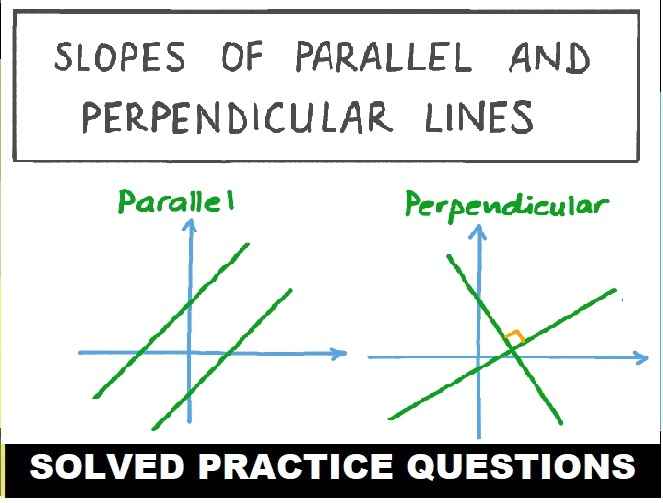ICSE Physics Class-10 Machine MCQ Type Questions . These MCQ / Objective Type Questions is based on latest reduced syllabus according 2021-22 session on bifurcated pattern. Main motto of MCQ Type Question is cracking the next upcoming exam of council. Visit official website CISCE for detail information about ICSE Board Class-10 Physics.
MCQ Type Questions ICSE Physics Class-10 Machine
| Board | ICSE |
| Class | 10th (X) |
| Subject | Physics |
| Chapter | Machine (excluding liver) |
| Syllabus | on bifurcated syllabus (after reduction) |
| Session | 2021-22 |
| Topic | MCQ / Objective Type Question |
MCQ Type Questions for ICSE Physics Class-10 Chapter-Machine
1. Which of the statement is not true for a machine ?
(a) It can multiply force
(b) It can increase speed
(c) It can change the direction of applied force.
(d) Its output can be more than input.
Answer:(d) Its output can be more than input.
2. Which of the statement is not true for an actual machine?
(a) Its mechanical advantage is less than velocity ratio.
(b) Its efficiency is always less than 100%
(c) Its mechanical advantage is greater than velocity ratio.
(d) Output of machine is always less than input.
Answer:(c) Its mechanical advantage is greater than velocity ratio.
3. A lever which always has mechanical advantage less than 1 has : (not in syllabus)
(a) Load between effort and the fulcrum.
(b) Effort between the load and the fulcrum.
(c) Fulcrum between the load and effort.
(d) Effort and load act at same point.
Answer:(b) Effort between the load and the fulcrum
4. The correct relationship between the effort (E) load (L) and mechanical advantage (M.A.) is :
(a) M.A. = L × E
(b) M.A. × E = L
(c) M.A. x L= E
(d) none of these
Answer:(b) M.A. × E = L
5. The correct relationship between the velocity ratio (V.R) the distance through which effort act (d) and the distance through which load moves (D)
(a) V.R. × D = d
(b) V.R. = D × d
(c) V.R. × d = D
(d) none of these
Answer:(a) V.R. × D = d
6. The correct relationship between the efficiency (η), mechanical advantage (M.A.) and velocity ratio (V.R.) of an actual machine is :
(a) η = M.A × V.R
(b) η = M.A. ÷ V.R.
(c) η × V.R. = M.A.
(d) both (b) and (c)
Answer: (d) both (b) and (c)
7. A fire tong is a lever of : (not in syllabus)
(a) First order
(b) Second order
(c) Third order
(d) none of these
Answer:(c) Third order
8. A person standing vertically upon his toes is an example of lever of : (not in syllabus)
(a) First order
(b) Second order
(c) Third order
(d) none of these
Answer:(c) Third order
9. A lever which always have mechanical advantage more than 1 is :(not in syllabus)
(a) Lever of first order
(b) Lever of second order
(c) Lever of third order
(d) none of these
Answer:(b) Lever of second order
10. A lever which can have mechanical advantage either less than one or more than one depending upon the position of fulcrum is a lever of : (not in syllabus)
(a) First order
(b) Second order
(c) Third order
(d) none of these
Answer:(a) First order
11. A single fixed pulley is used because :
(a) its efficiency is 100%
(b) it multiplies effort
(c) it multiplies speed
(d) it changes the direction of applied effort
Answer:(d) it changes the direction of applied effort
12. The actual mechanical advantage of a single movable pulley is :
(a) one
(b) two
(c) less than 2, but more than 1
(d) none of these
Answer:(c) less than 2, but more than 1
13. A sheaf pulley system has :
(a) efficiency more than 100%
(b) multiplies speed
(c) multiplies effort
(d) both (a) and (b)
Answer:(c) multiplies effort
14. A pulley system has 5 pulley in all. Its velocity ratio is :
(a) 5
(b) less than 5
(c) more than 5
(d) none of these
Answer:(a) 5
15. A single movable pulley has :
(a) velocity ratio 2, and actual mechanical advantage 2
(b) velocity ratio 2, and actual mechanical advantage less than 2
(c) velocity ratio 2, and actual mechanical advantage more than 2
(d) none of the above
Answer:(b) velocity ratio 2, and actual mechanical advantage less than 2
16. An actual pulley system always has mechanical advantage less than velocity ratio. It is because :
(a) a part of effort is wasted in overcoming friction.
(b) a part of effort is wasted in overcoming load of movable block
(c) both (a) and (b)
(d) none of these
Answer:(c) both (a) and (b)
17. Mechanical advantage (M.A.), load (L) and effort (E) are related as:
(a) M.A. = L x E
(b) M.A. x E = L
(c) E = M.A. x L
(d) None of these
Answer (b) M.A. x E = L
18 The correct relationship between the mechanical advantage (M.A.), velocity ratio (V.R.) and efficiency () is:
(a) M.A. = x V.R.
(b) V.R. = x M.A.
(c) n=M.A. x V.R.
(d) None of these
Answer (a) M.A. = x V.R.
19 State the incorrect statement:
(a) A machine always has the efficiency less than 100%.
(b) The mechanical advantage of a machine can be less than 1.
(c) A machine can be used as speed multiplier.
(d) A machine can have the mechanical advantage greater than the velocity ratio.
Answer (d) A machine can have the mechanical advantage greater than the velocity ratio.
20 The lever for which the mechanical advantage is less than 1 has the : (not in syllabus)
(a) Fulcrum at mid-point between load and effort.
(b) Load between effort and fulcrum.
(c) Effort between fulcrum and load.
(d) Load and effort acting at the same point.
Answer (c) Effort is between fulcrum and load
21 Class II levers are designed to have: (not in syllabus)
(a) M.A. = V.R.
(b) M.A. > V.R.
(c) M.A. > 1
(d) M.A. < 1
Answer (c) M.A. > 1
–: End of ICSE Physics Class-10 Machine MCQ Type Questions :-
-: also visit :-
ICSE Class-10 Text book Solutions, Notes , Syllabus, Paper, Notes
Please share with your ISC friends if it is helpful
thanks


